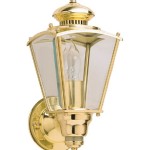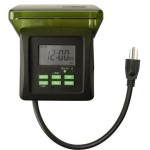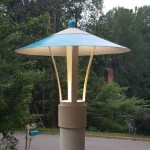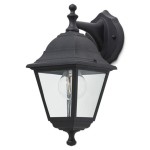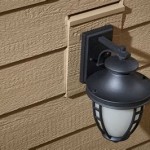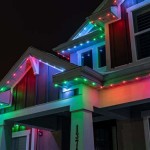Essential Considerations for Choosing Outdoor Plants with Little Sunlight
When selecting outdoor plants for areas with limited sunlight, it's crucial to consider their individual needs and preferences. Understanding the various factors that influence plant growth in low-light conditions will ensure a thriving outdoor space despite minimal sun exposure.
1. Assess the Available Light: Determine the approximate amount of sunlight the area receives each day. Measure this duration during peak sunlight hours (typically between 10 am and 4 pm). This information will guide you in choosing plants that can adapt to the specific light levels available.
2. Choose Shade-Tolerant Species: Opt for plant species known to thrive in low-light environments. These plants have evolved to grow successfully in woodland areas, dense gardens, or beneath the canopy of tall trees. Some popular shade-tolerant plants include hostas, ferns, begonias, and impatiens.
3. Consider Plant Size and Growth Habit: Consider the size and growth habit of the plants when selecting. Smaller plants, such as groundcovers and low-growing shrubs, perform well in low-light conditions as they don't require excessive sunlight to reach their full potential.
4. Pay Attention to Foliage Color: Low-light plants often exhibit variegated foliage or lighter green shades. This adaptation helps them maximize their ability to absorb available sunlight. Look for plants with white, cream, or pale green leaves, as these hues reflect more light back into the leaves.
5. Amend the Soil: Ensure the soil in low-light areas is well-draining and amended with organic matter. This will provide optimal conditions for plant roots to establish and extract nutrients efficiently. Incorporating compost or peat moss improves soil fertility and moisture retention.
6. Use Mulch to Your Advantage: Mulching around low-light plants serves multiple purposes. It suppresses weeds, regulates soil temperature and moisture levels, and releases nutrients gradually. A layer of organic mulch, such as shredded bark or compost, will create a favorable environment for root development.
7. Consider Artificial Lighting: If natural sunlight is insufficient for your desired plants, consider supplementing with artificial lighting. Grow lights can be installed in low-light areas to provide the necessary light for plant growth. Choose bulbs that emit the appropriate light spectrum and color temperature for the plants' specific needs.

25 Shade Loving Plants To Brighten The Dark Side Of Your Yard Bob Vila

45 Plants That Grow Without Sunlight Shade Loving Gardening

25 Best Shade Perennials Perennial Flowers For

25 Best Plants For Shade 2024 Flowers That Grow In

17 Best Outdoor Foliage Plants To Grow Garden Design

24 Best Low Maintenance Flowers And Plants Outdoors

24 Can T Kill Flowers For Beginners Easiest To Grow In The Garden

Shade Garden Wikipedia

26 Best Perennial Flowers That Bloom All Year

25 Shade Loving Plants To Brighten The Dark Side Of Your Yard Bob Vila
Related Posts

